Stakeholder engagement, adaptation, and flexibility are key for businesses impacted by the collapse of the Francis Scott Key Bridge. Experts outline the next steps for risk managers
On March 26th, 2024, a container ship collided with a support column of the Francis Scott Key Bridge, leading to its collapse into the Patapsco River.
This event not only halted shipping operations but raised concerns about the long-term consequences for the global economy, potentially catalysing an $81 billion trade crisis, according to Supply Wisdom figures.
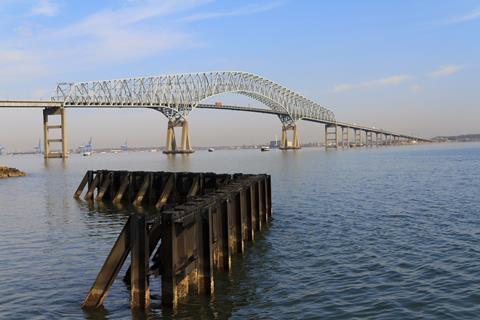
The Port of Baltimore remains closed to ships since the container ship Dali, chartered by Maersk, smashed into the pillar.
The Dali is a 9-year-old, Singapore-flagged container ship, which is approximately 300m long (almost 1,000 feet), about the length of three football pitches. Gross tonnage is 95,218, under half of that of the Ever Given, the vessel that blocked the Suez Canal in 2021
There have been two deaths confirmed, with several people missing, since the disaster occurred on March 26. While there were no injuries on the Dali itself, several vehicles driving on the bridge were seen falling into the river.
The Dali had just left the Helen Delich Bentley Port of Baltimore, which is the largest port in the US for specialised cargo (specifically for wheeled cargo, such as trucks and trailers) and bulk handling facilities. Allianz Trade estimates that around 800,000 vehicles passed through the port in 2023, moving a record 1.3 million tons of imported cargo.
Shipping collision and contact incidents statistics from the Allianz Commercial Safety and Shipping Review
(applies to vessels over 100 gross tonnage and reported incidents only)
- There have been close to 2,000 reported incidents of vessels colliding with port infrastructure such as harbor walls etc. over the past decade around the world (1,980 between 2013 and 2022), making it the fourth most frequent cause of more than 27,000 shipping incidents during this period (around 7%). Machinery damage/failure (10,753), collision involving vessels (3,098) and groundings (2,936) are the other top causes of incidents during this period.
- There have been 203 contact with infrastructure incidents involving container ships around the world during this period. The most common incidents involve colliding with port infrastructure such as harbor walls, piers, quays, locks. Bridge incidents such as this one are rare (no exact data on how many).
- The shipping industry has made significant improvements when it comes to maritime safety over the past decade in particular. Thirty years ago, the global fleet was losing 200+ vessels a year. At the end of 2022 fewer than 40 losses were reported. Annual shipping losses have declined by 65% over the past decade reflecting the positive effect of an increased focus on safety measures over time. Nevertheless, while total losses have declined the number of shipping incidents reported around the world every year has remained consistent. There were 3,032 reported incidents during 2022 compared to 3,000 a year earlier.
- Machinery damage/failure accounted for close to half of all of these incidents globally in 2022 (1,478). There were 280 collision incidents involving vessels (the second top cause), over 200 reported fire incidents (209) – the highest total for a decade, while contact with port infrastructure such as harbor walls was the fifth top cause of shipping incidents (155 incidents)
- Based on the causes of previous contact incidents, common causes of this type of incident can include human error and machinery/equipment/engine failure such as main engine failure, steering failure, generator blackout.
- Total losses of vessels following collision incidents with other vessels and contact with port infrastructure are thankfully rare. Over the past decade (across all vessel types) there have been just 30 total losses from collision incidents (with other vessels) and just four from contact incidents (with port infrastructure). Collectively these account for just 4% of the total number of vessels lost overall (807 reported between 2013 and end of 2022).
Insurance implications
Insured losses from the Francis Scott Key Bridge could be between $2bn and as much as $4bn, according to a new rating agency estimate from Morningstar DBRS.
Depending on how long shipping is disrupted by the Port of Baltimore’s closure, business interruption and contingent business interruption losses could increase the overall size of the insured losses.
Last year, Baltimore handled $80bn in cargo and reportedly more than 14,000 jobs depend on the natural harbour. It is the busiest port in the US for car shipments, as well as being a major export route for the coal shipping trade.
In comments made to the Financial Times, Lloyd’s CEO John Neal has said the insurance market should “just get on with it” and begin paying out for the disaster.
The marine reinsurance market could end up paying a large portion of the claims, through its reinsuring of the International Group (IG) of protection and indemnity (P&I) clubs, that mutually insure third party damages and buy reinsurance together as a group.
“We also anticipate that the losses linked to the collapse of the Baltimore bridge will add upward pressure to the pricing of marine insurance coverages globally,” Morningstar DBRS said.
Supply Wisdom’s recommendations and guidance for businesses impacted by the collapse of the Francis Scott Key Bridge
Risk Assessment and Mitigation:
Immediate steps should involve a thorough assessment of all transportation routes that directly or indirectly rely on the Port of Baltimore. Businesses should identify alternative shipping routes and ports such as Philadelphia (PA), Wilmington (DE), Newark (NJ), Norfolk (VA), Charleston (SC), Jacksonville (FL), and Savannah and Brunswick (GA) to mitigate the impact of this disruption.
Stakeholder Engagement:
Communication with stakeholders is crucial. Businesses must keep partners, suppliers, and customers informed about potential delays and the steps being taken to address the disruption. Currently, it’s predicted that ships scheduled to go to Baltimore will be delayed by at least 24 days.
Adaptation and Flexibility:
The incident underscores the importance of resilience & adaptability in logistics and supply chain management. Companies must be ready to adjust their operations and explore alternative transportation methods, including road, rail, or air, where feasible.
Ethical and Social Responsibility:
The affected businesses and the broader community will benefit from support and assistance. Companies should explore how they can contribute to recovery efforts, emphasising ethical responsibility and community support.
Long-Term Strategic Planning:
This incident highlights the vulnerability of critical infrastructure to unforeseen events. Businesses should integrate robust risk management strategies that include infrastructure and supply chain resilience.
General risks with large vessels
Large vessels continue to drive ever-higher exposures, with fires, container and carrier losses, hazardous cargo, costlier salvage operations and issues with port of refuge leading to oversized losses.
For example, container-carrying capacity on ships has increased by almost 1,500% over the past 50 years.
While the number of serious shipping accidents worldwide has declined over the long-term, incidents involving large vessels – namely container ships and roll-on roll-off car carriers – are resulting in disproportionately high losses.
Recent events include fires on board the car carriers Fremantle Highway, Felicity Ace and container ship X-Press Pearl.
Allianz Commercial says: “In 2022, the large container ship Ever Forward ran aground in Chesapeake Bay on the US Eastern Seaboard, and was stuck for over a month, almost a year to the day after its sister vessel the Ever Given ran aground and blocked the Suez Canal for six days in March 2021.
“As vessels have grown larger, values at risk have increased, while the environmental bar has been raised. However, regulation, safety management systems and salvage capabilities appear to have not always kept pace.”
A number of incidents involving large losses in recent years have also ended in costly salvage and wreck removal operations, such as that of the car carrier Golden Ray which capsized just outside the US port of Brunswick in 2019, took almost two years and cost in excess of $800mn.
The operation, the largest ever of its kind in the US, involved three-million-man hours and specialist equipment to cut the ship into eight pieces for removal. The rising cost of salvage and wreck removal for large vessels is a particularly worrying trend for the insurance industry.
Allianz adds: “The complexity is compounded by environmental concerns, which continue to drive up the average cost of such incidents. Wreck removal for a large vessel can now easily run into the hundreds of millions of dollars, and in some cases upwards of $500mn.”






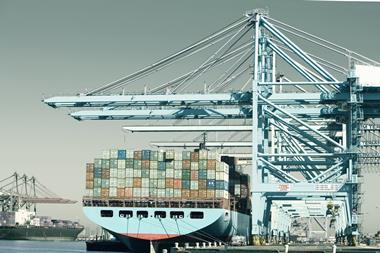
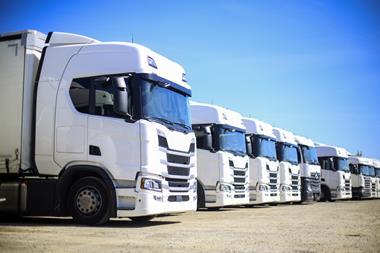
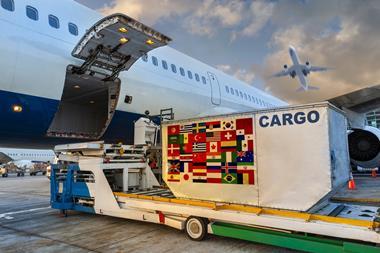
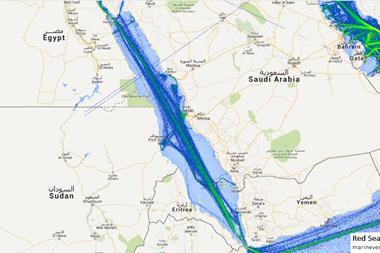




No comments yet